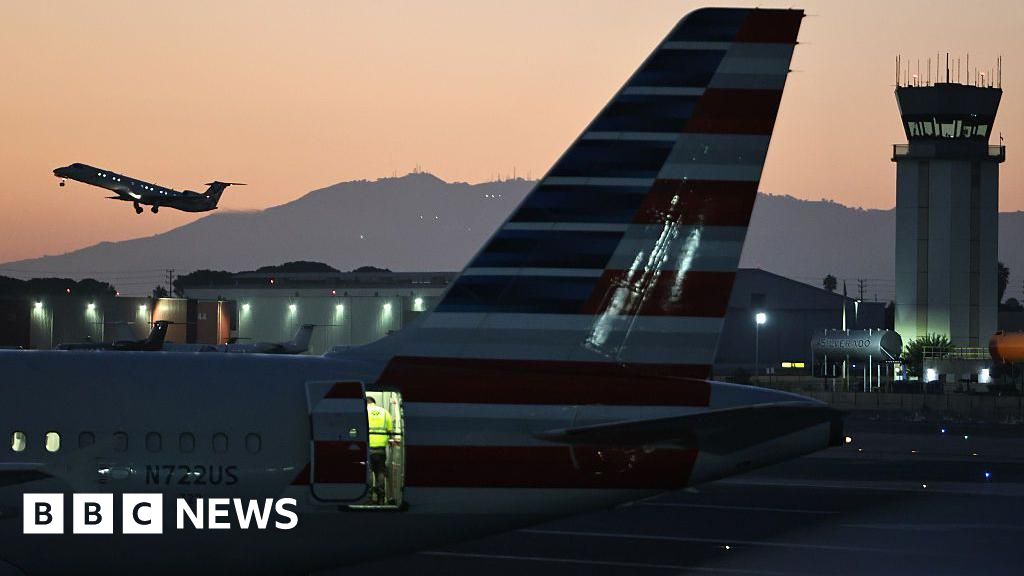United Airlines Beats Estimates With Strong Q4 Earnings Outlook

Introduction
United Airlines has recently announced its earnings and profit outlook for the fourth quarter, exceeding Wall Street expectations. The airline forecasts earnings per share between $3 and $3.50, surpassing analysts' estimates. This positive outlook reflects the company's strategic efforts to enhance its offerings and appeal to brand-loyal customers across various travel segments.
Key Details
United Airlines' third-quarter financial performance was marked by a 7.2% increase in capacity and a 2.6% rise in total operating revenue. Despite a decline in TRASM, the airline managed to reduce CASM, contributing to a pre-tax earnings of $1.3 billion. The company's focus on delivering value across the travel experience, from Basic Economy to United Polaris, is paying off as customers increasingly choose United for their travel needs.
Impact
The strong fourth-quarter outlook is a testament to United Airlines' strategic positioning and operational efficiency. As the airline continues to invest in customer experience and premium offerings, it is well-positioned to maintain its competitive edge in the market. This positive trend is likely to continue, bolstering investor confidence and reinforcing United's status as a leader in the aviation industry.
About the Organizations Mentioned
United Airlines
United Airlines is one of the most prominent names in the aviation industry, with a rich history that mirrors the evolution of commercial air travel. The organization traces its origins back to 1926, when Varney Air Lines was established by Walter Varney, marking the beginning of what would eventually become United Airlines[5][6]. In 1931, United Air Lines was formed as a subsidiary of the United Aircraft and Transport Corporation, consolidating several airlines, including Boeing Air Transport and Pacific Air Transport[1][2]. Throughout its history, United Airlines has been at the forefront of innovation in aviation. It introduced the Boeing 247 in 1933, the first modern airliner, enabling non-stop transcontinental flights[1]. During World War II, the airline played a crucial role in modifying aircraft for military use and transporting supplies[1]. In the post-war period, United expanded rapidly, merging with Capital Airlines in 1961 and becoming a major proponent of airline deregulation in the 1970s[1][2]. In recent decades, United has continued to grow and adapt. It launched the Star Alliance in 1997 and acquired significant route authorities from Pan Am in the late 1980s and early 1990s[1]. The airline faced significant challenges, including the September 11 attacks and bankruptcy in 2002, but emerged stronger after restructuring and merging with Continental Airlines in 2010[1][5]. Today, United Airlines is one of the world's largest carriers, operating flights to over 300 destinations across six continents and serving more than 140 million passengers annually[7]. The airline continues to innovate, introducing new services like United Polaris for enhanced passenger comfort[2]. United's commitment to technology and customer experience has positioned it as a leader in the global aviation industry. Notable achievements include its role in pioneering transcontinental flights and its contributions to the development of modern air travel standards[1][4].









